Selling Yourself: A Handy Guide to Writing Resumes

When it comes to securing a job in Australia, having a well-written resume and cover letter can help make you a potential employer’s first choice.
As these documents are often the first impressions that potential employers will have of you, it’s important to make them stand out from the crowd.
In this article, we’re sharing some useful insider tips on how to write a winning resume and cover letter to help you land a job you love.
8 tips on how to write a targeted resume
1. Tailor your resume to each role you apply for
One of the biggest mistakes job seekers make is using the same resume for every job application. Tailoring or writing your resume for the job you are applying for shows that you have taken the time to understand the position and how your skills and experience match the job requirements.

2. Start with a strong headline and summary
Your headline and summary are the first things that potential employers will see on your resume, so it is crucial to make them attention-grabbing. Use strong action words and showcase your skills and experience in a clear and impactful way.
For example:
Headline: “Finance Professional Seeking Opportunities in Manufacturing”.
Summary: “Dedicated finance professional with a strong background in budgeting and financial analysis. Certified in [input your relevant finance certification], I bring a wealth of experience in managing financial portfolios for international clients. Fluent in English and [input other languages], I am experienced in cross-cultural communication and collaboration. Eager to contribute my skills and adaptability to a dynamic finance team.”
Tip: Remember to tailor your headline and summary for each job application, including keywords from the job description and aligning your skills with the employer’s needs. This will ensure that your resume is relevant to each specific role.
3. Highlight your achievements
Employers are not only interested in your responsibilities; they also want to see what you have achieved in your previous roles.
Use specific examples to demonstrate your accomplishments and quantify them where possible. For example, if you worked in a management position in your previous role, you may want to explain the specific details about your achievements. Include the number of employees you managed, and if relevant, the percentage by which you were able to grow the company or increase efficiencies.
4. Use keywords from the job description
Many companies use Applicant Tracking Systems (ATS) to screen resumes before they even reach human eyes. Using keywords from the job description in your resume can increase your chances of getting past this automated system and into the hands of the hiring manager.
5. Keep it clear and concise
Recruiters and hiring managers often have to sift through hundreds of resumes for each job posting, so keeping your resume simple to understand and to the point is essential. Unless otherwise stated, try to keep it to two pages or less and use bullet points to make it easy to read.
6. Use a clean and professional design
Your resume should be easy to read and visually appealing. Use a clean and professional design with clear headings and bullet points. Avoid using too many colours or fonts that are difficult to read.
There are many clear and simply designed online templates you can choose from and use for free. Try Canva and Seek for a range of online templates.
7. Include relevant skills and certifications
Including relevant skills and certifications is a must to help your resume stand out from the crowd. Be sure to highlight any skills or certifications that are relevant to the job you are applying for.
For example, if you are applying for a job in a childcare centre, make sure you include any health and safety, first aid certificates, and other childcare-relevant qualifications you may have.
Employers may also ask you to supply previous work or character references so they can confirm your good nature and suitability for the role.
8. Proofread and edit
You must always proofread and edit your resume carefully. Spelling and grammar errors can make a poor first impression, so it is important to ensure that your resume is error-free. Use online software tools like Grammarly to help spell check or write your resume for the Australian job market.


